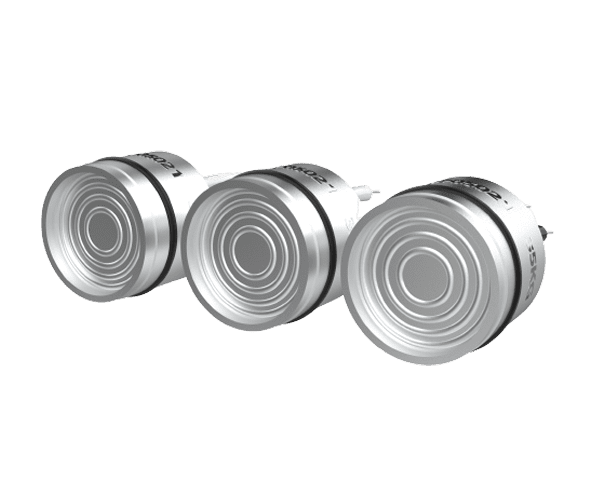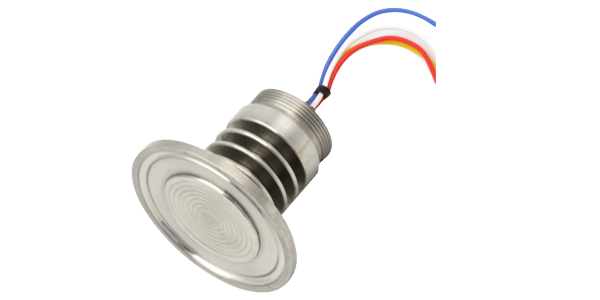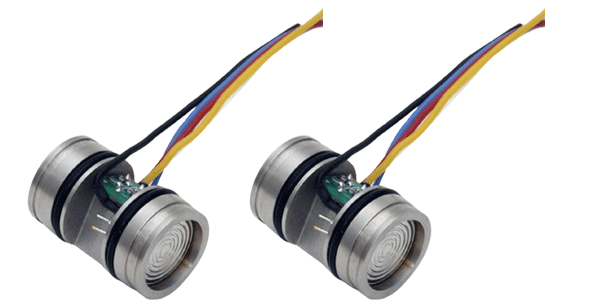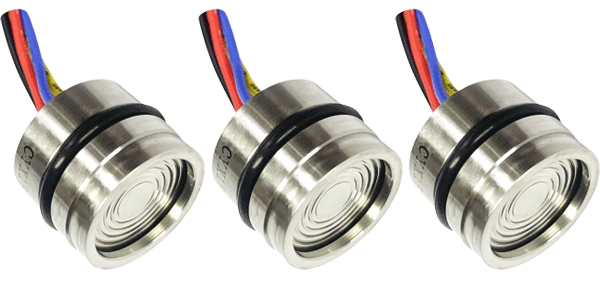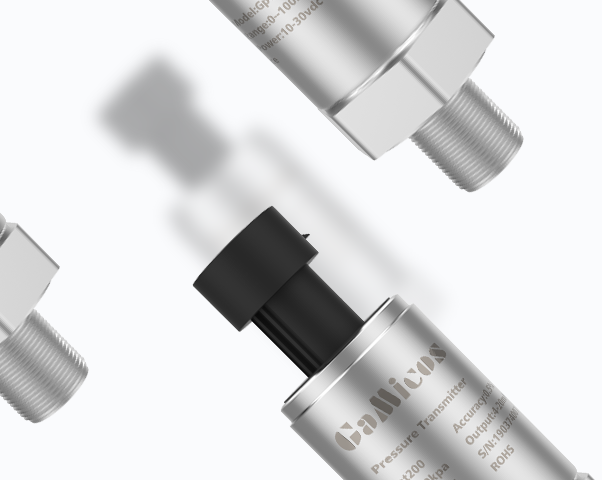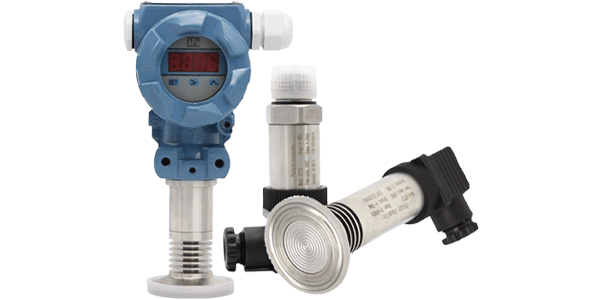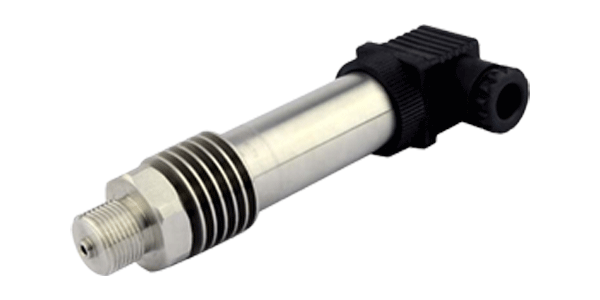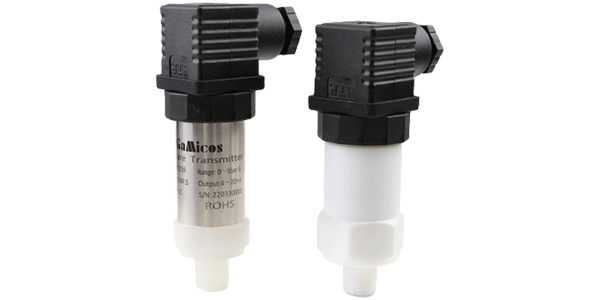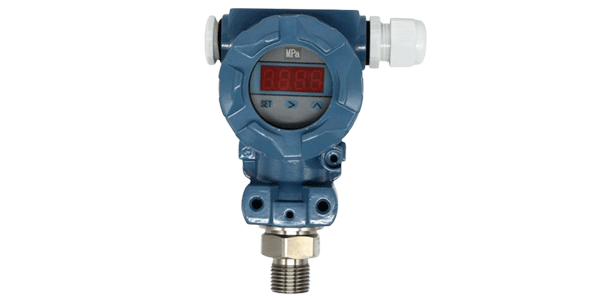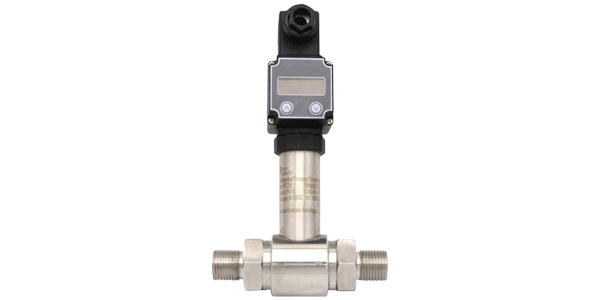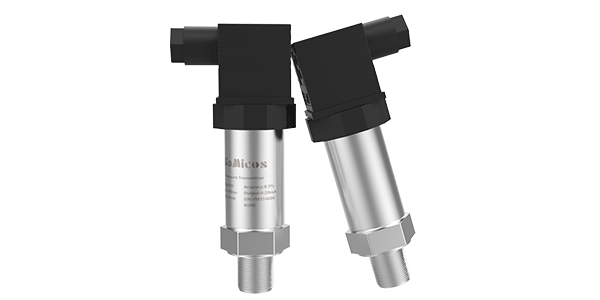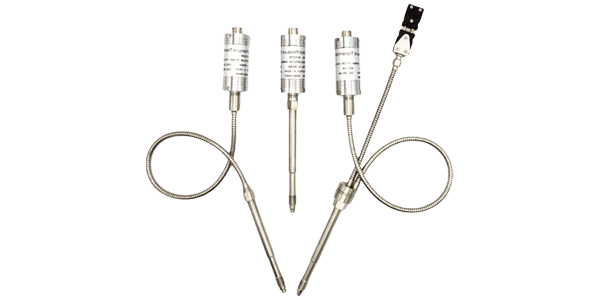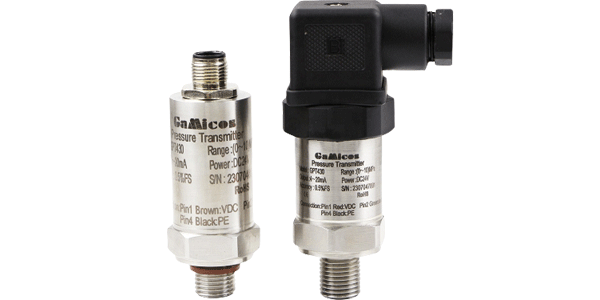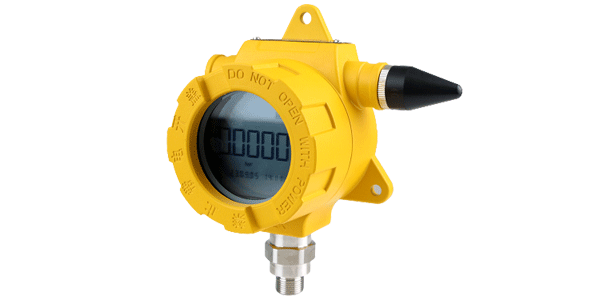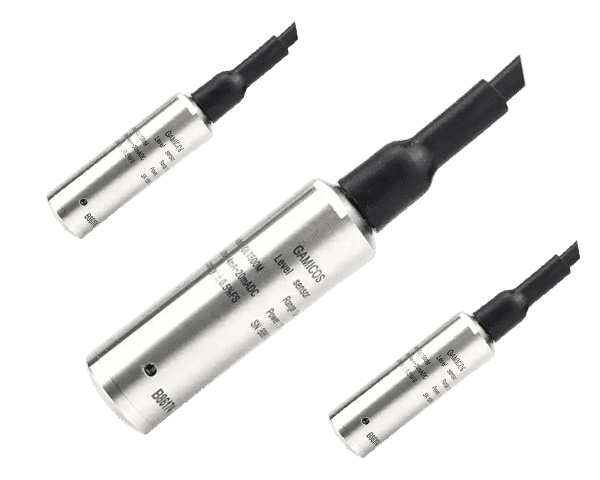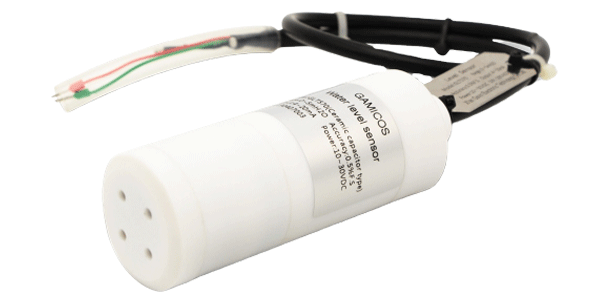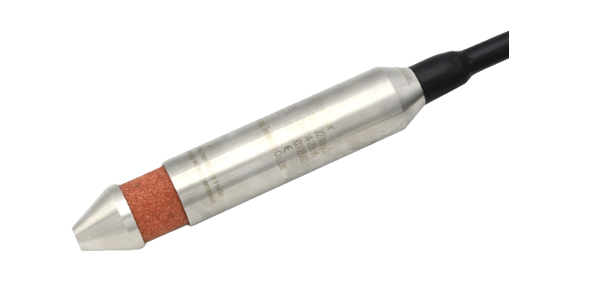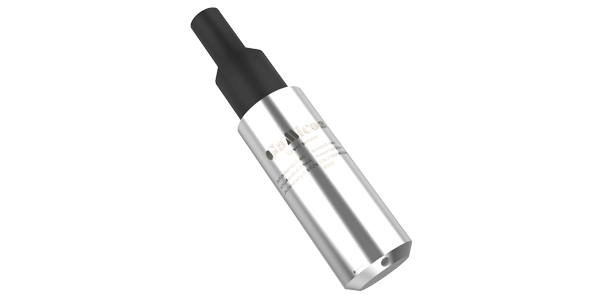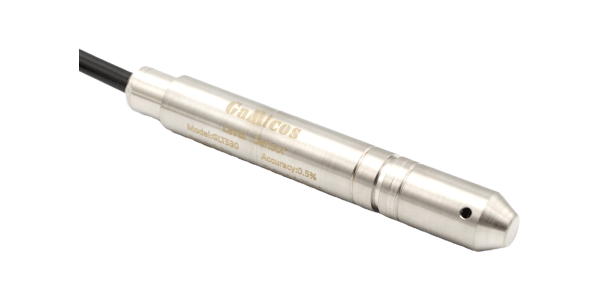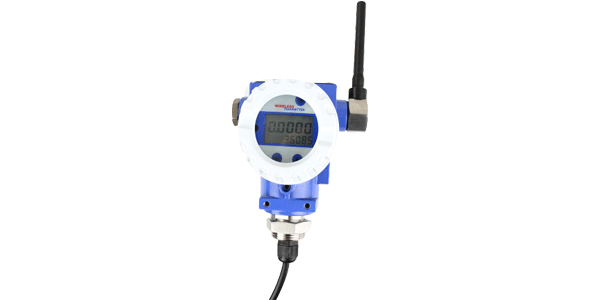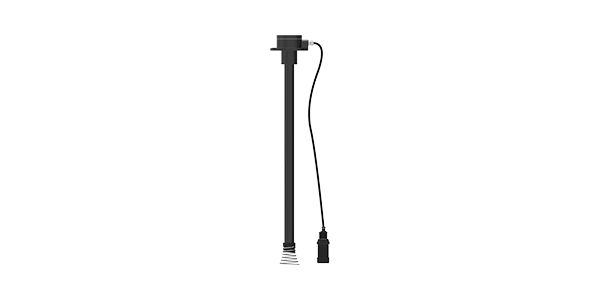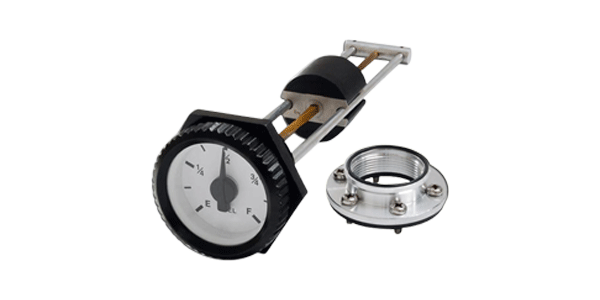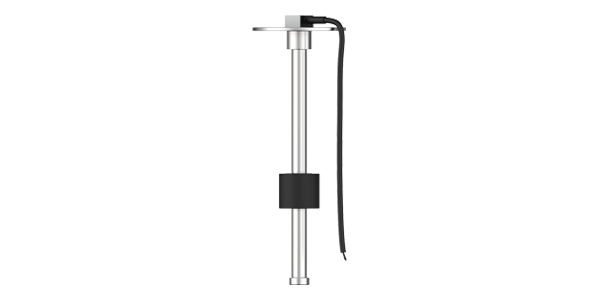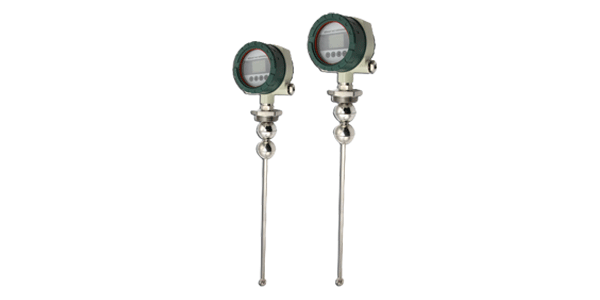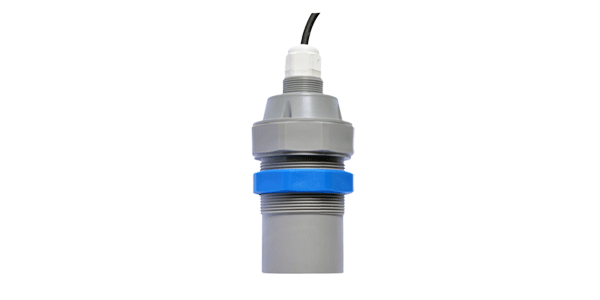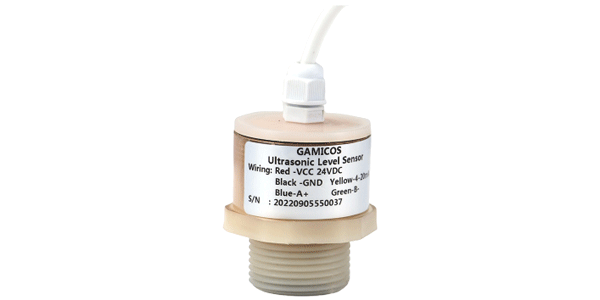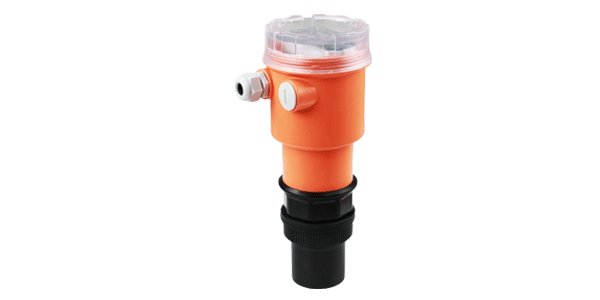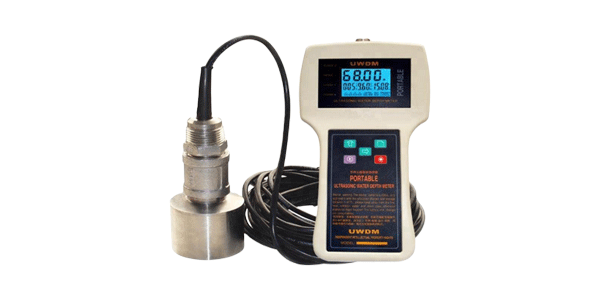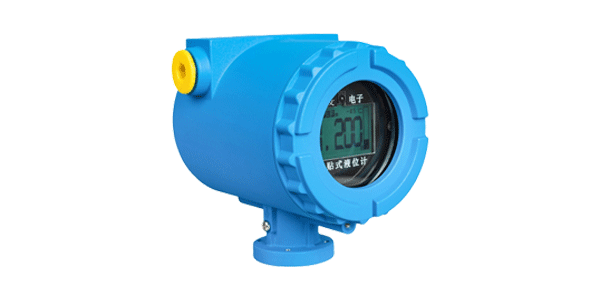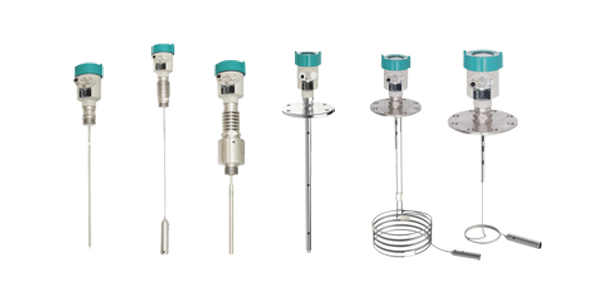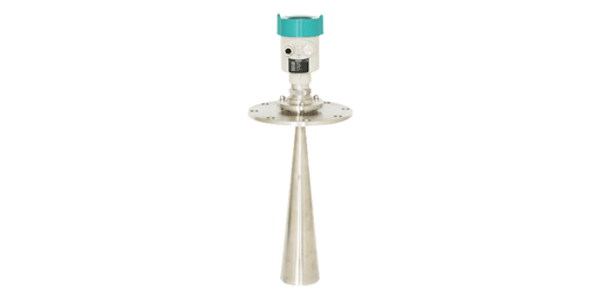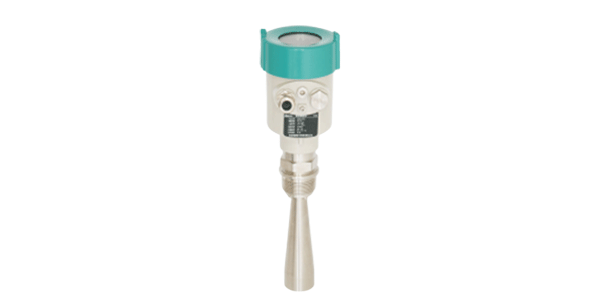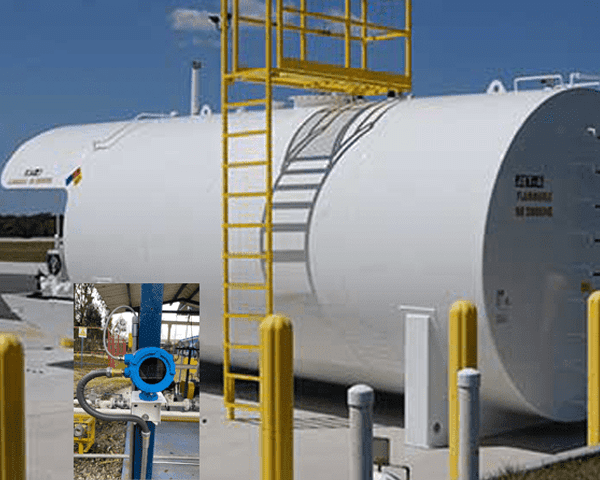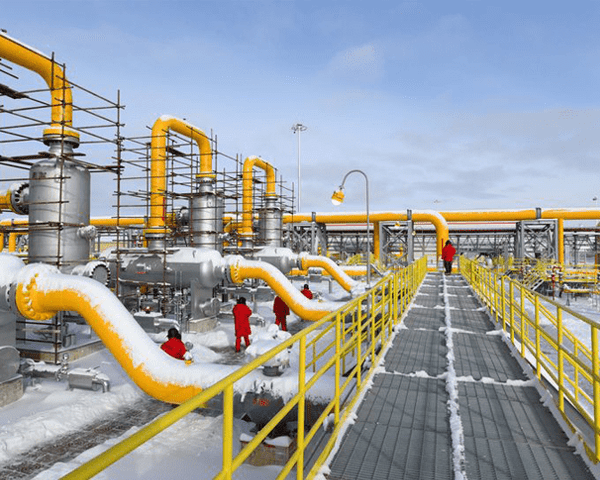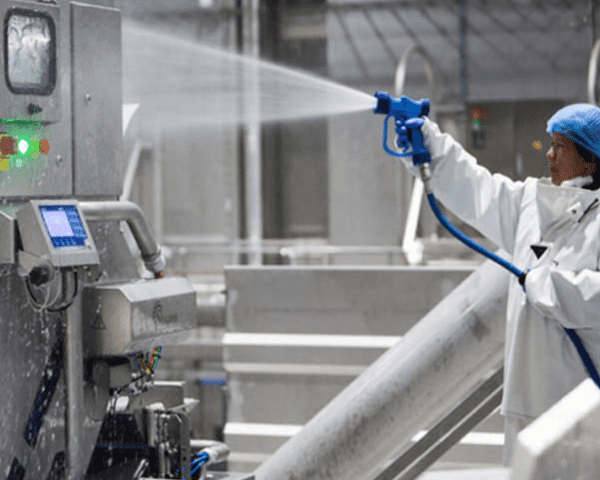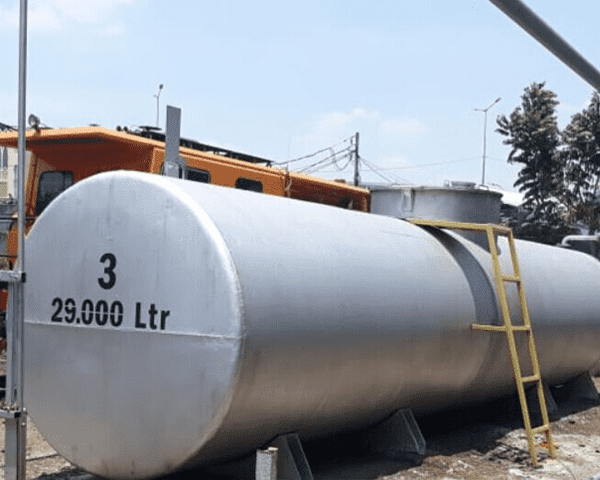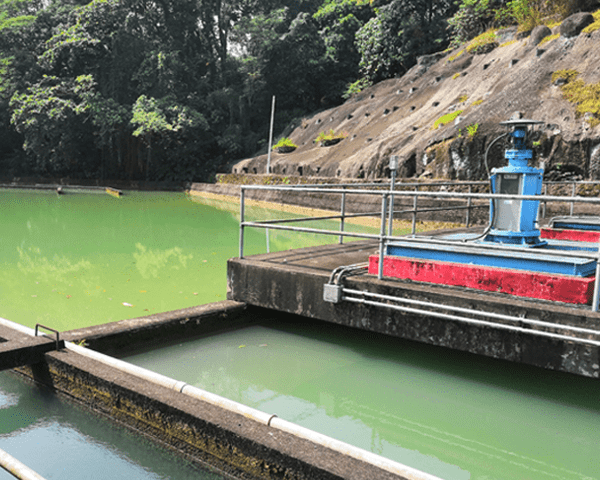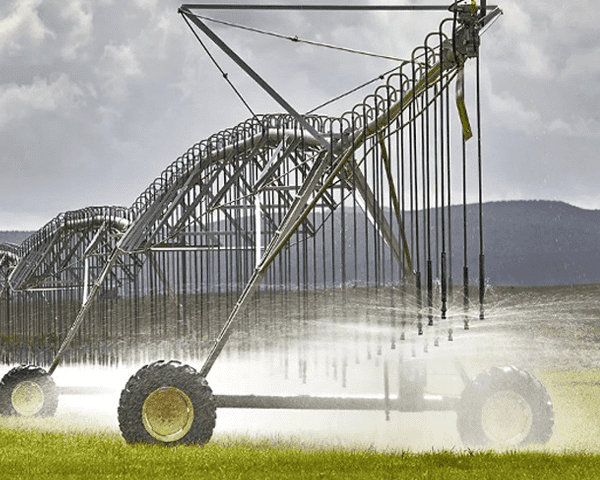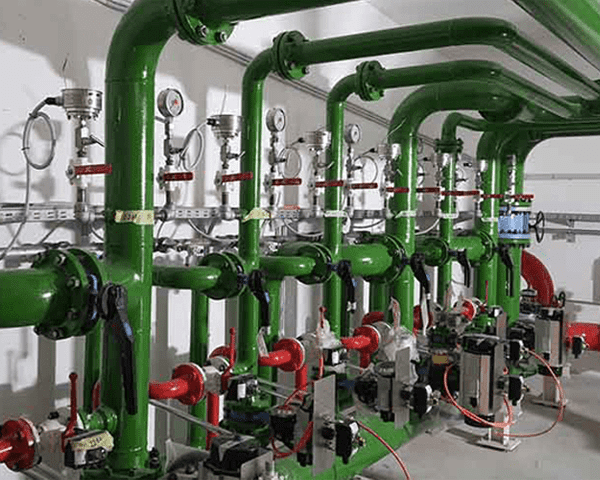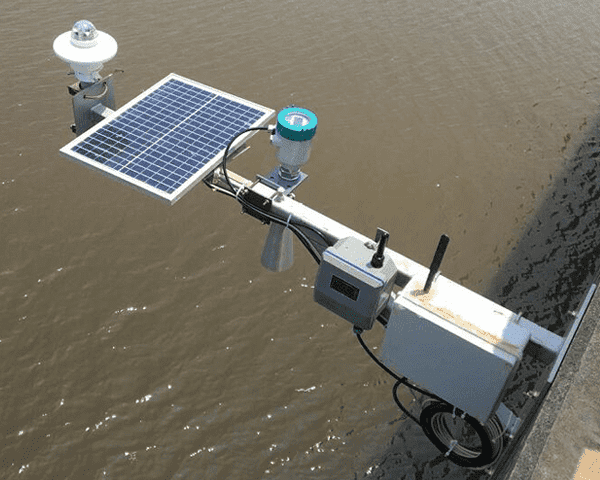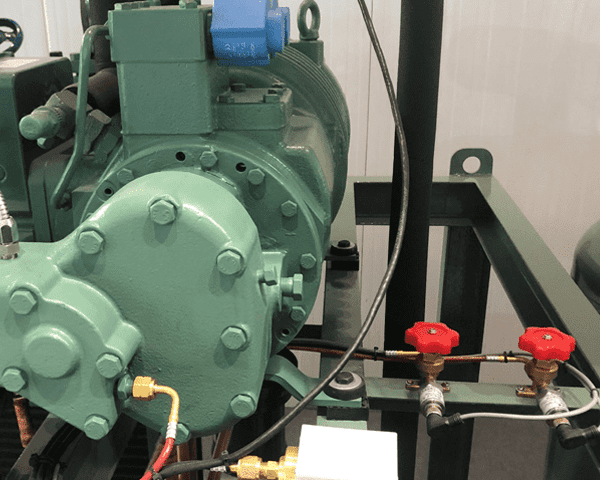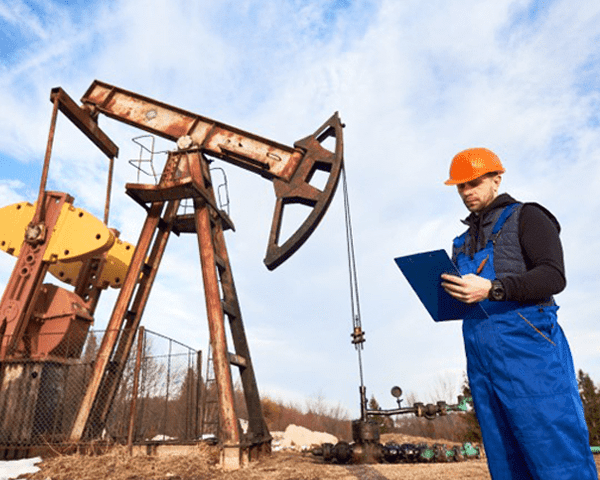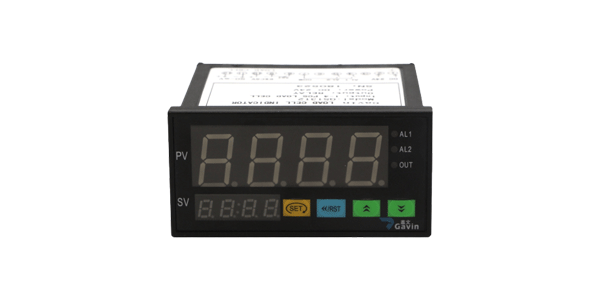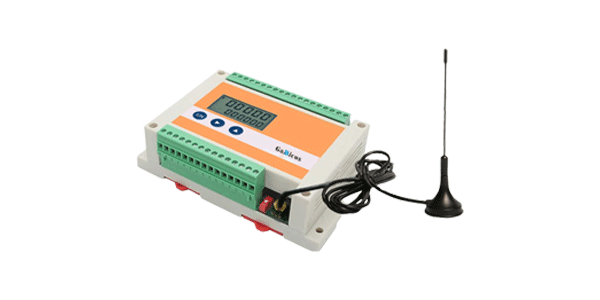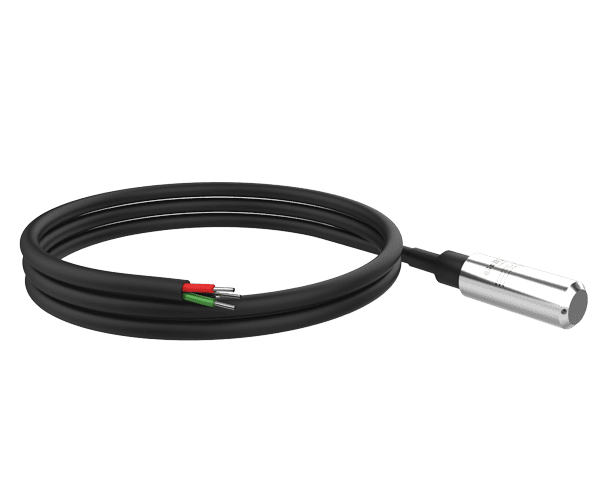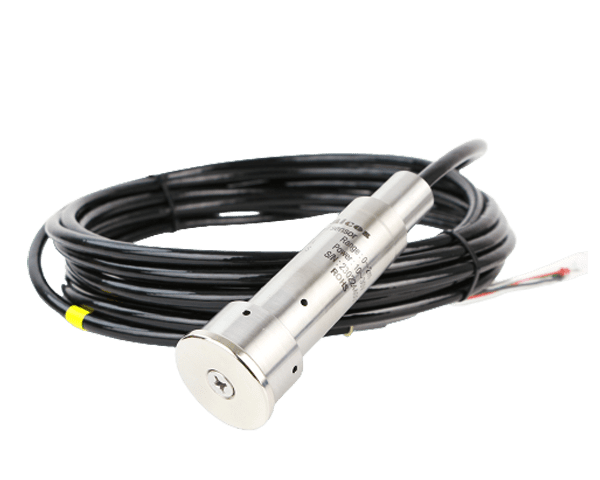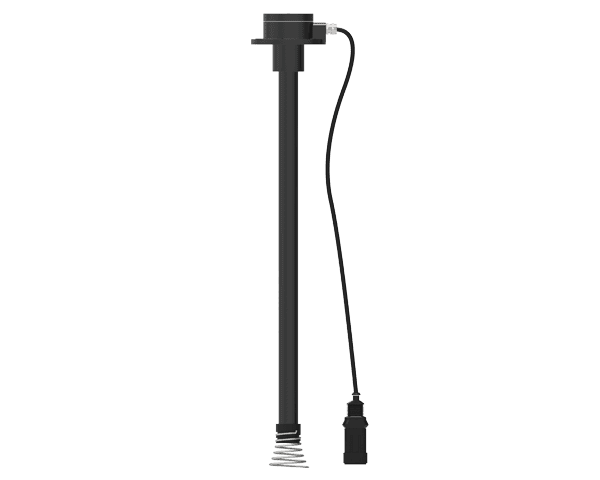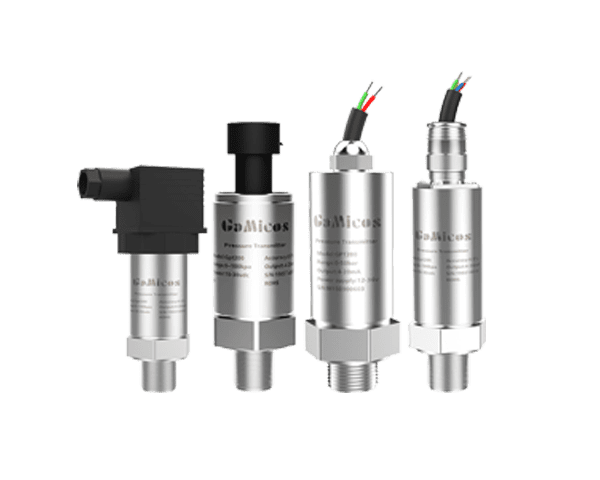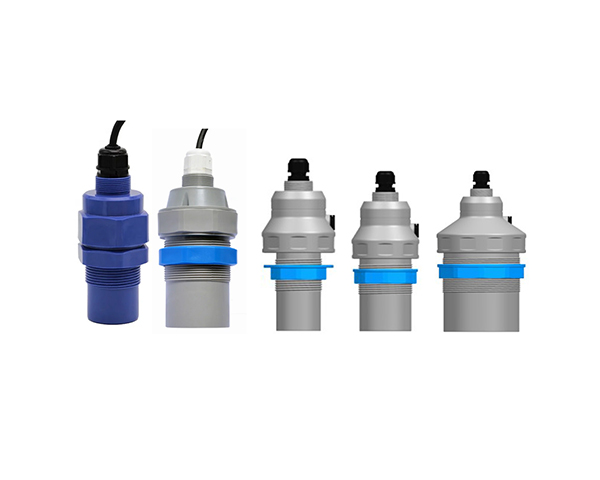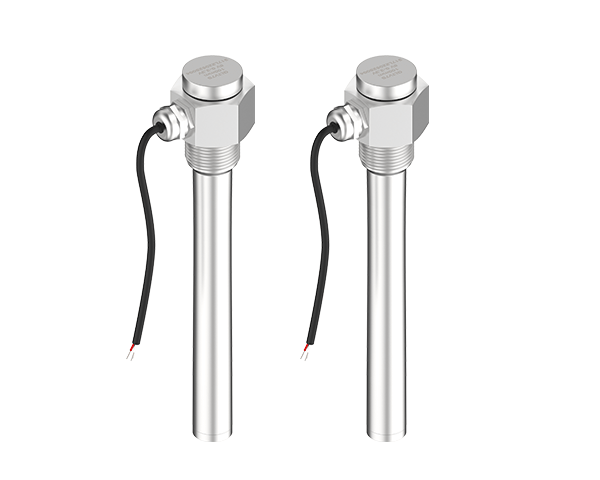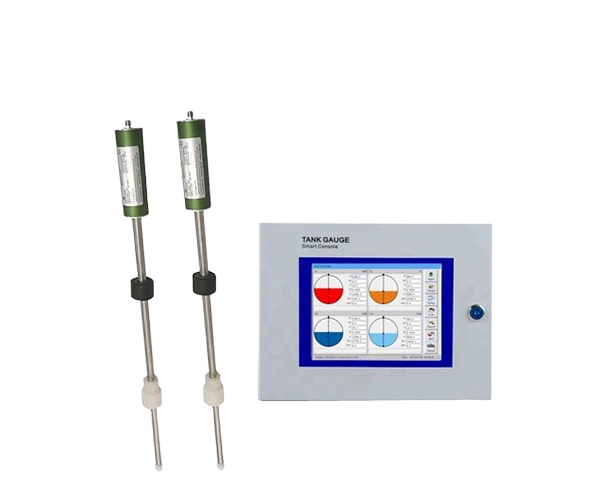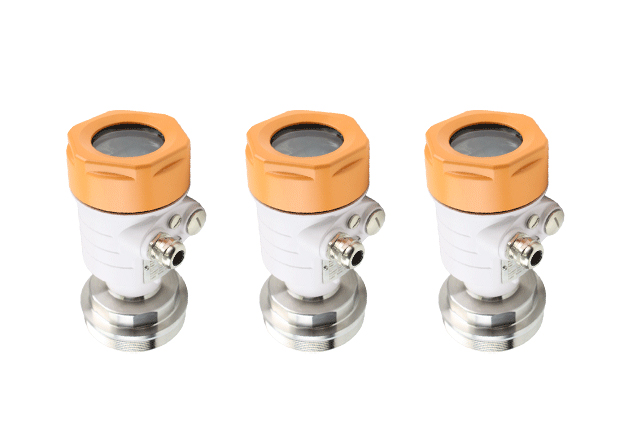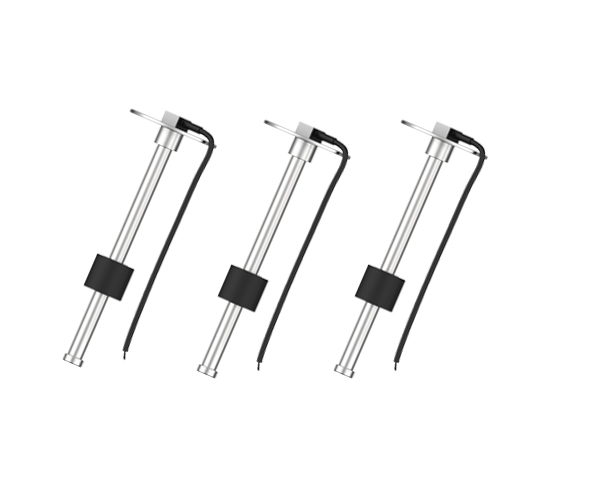Understanding Pressure Transducers
Definition and Function
A pressure transducer is a device that has the ability to convert pressure signals into measurable electrical signals. It plays a crucial role in numerous fields as it enables accurate pressure measurement and monitoring. They are widely used to help control and optimize various processes by providing real-time pressure data, serve as a vital component in ensuring the proper functioning and safety of many systems where pressure information is of significance.
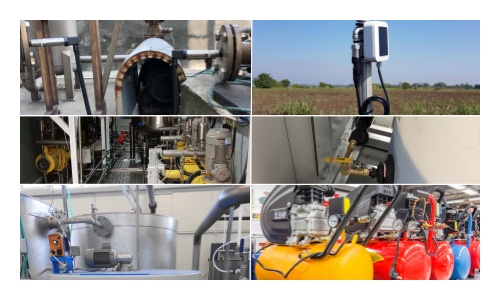
Pre-installation Preparations
Gathering Necessary Tools
Before starting the installation of a pressure transmitter, it's essential to gather the necessary tools. Commonly needed tools include screwdrivers, which might be flathead or Phillips depending on the screw types on the transducer or its mounting fixtures. Wrenches are also often required, such as adjustable wrenches or socket wrenches if there are nuts and bolts involved in the installation process. In addition, you may need pliers for tasks like gripping or bending wires if any electrical connections need to be made or adjusted.
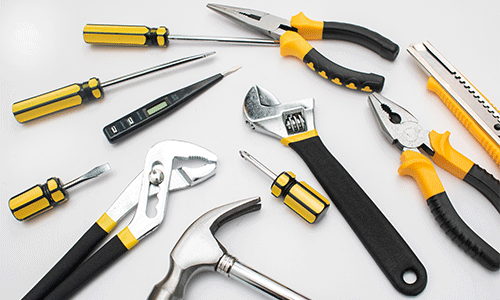
Checking the Transducer
Before proceeding with the installation, it's crucial to carefully check the pressure transducer for any visible damages. Inspect the housing of the transducer for cracks, dents, or any signs of physical impact that could potentially affect its internal components. Check the connection ports to ensure they are free from debris, bent pins, or any other damage that might interfere with proper electrical or fluid connections (if applicable).
Also, verify the model and specifications of the pressure transducer. Make sure it matches the intended installation location and the requirements of the system it will be integrated into. Check the pressure range it can handle to confirm that it's suitable for the expected pressure levels in the application. Similarly, check other specifications like the accuracy rating, response time, and electrical output characteristics (such as voltage or current output) to ensure they align with the needs of the monitoring or control system. By thoroughly checking the transducer beforehand, you can avoid potential installation issues and ensure its proper functioning once installed.
Step-by-step Installation Process
Mounting the Transducer
When it comes to mounting the pressure transducer, it's essential to choose the right position depending on your specific application. Whether it's on a pipe, a tank, or other equipment, proper mounting ensures accurate pressure measurements. If mounting on a pipe, first make sure the pipe surface is clean and smooth at the installation point. Use appropriate mounting brackets or clamps that are designed for the transducer model you're using. Align the transducer carefully so that its sensing element is directly in contact with the fluid or gas whose pressure is to be measured.
When mounting on a tank, check the tank wall's integrity and select a flat and sturdy area. Secure the transducer firmly using bolts or screws, ensuring that it won't vibrate or shift during operation. In industrial applications like oil storage tanks, correct mounting of the pressure transducer helps in monitoring the internal pressure continuously and safely.
Connecting Wires and Cables
Connecting the electrical wires or cables of the pressure transducer correctly is crucial for obtaining reliable signals. First, identify the power source and the measurement system that the transducer will be connected to. Make sure to turn off the power before starting any electrical connections to avoid electrical hazards.
Check the transducer's wiring diagram, which is usually provided in the product manual. There are typically terminals or connectors on the transducer for the power supply and signal output. For the power connection, pay close attention to the voltage and current requirements of the transducer. Connect the positive and negative power wires to the corresponding terminals, ensuring correct polarity.
When it comes to the signal cables, connect them to the appropriate output terminals of the transducer and then to the input of the measurement system, such as a data logger or a control panel. Use cable ties or wire clips to neatly organize and secure the wires to prevent them from getting tangled or accidentally pulled out. It's also advisable to use shielded cables if there's a risk of electromagnetic interference in the installation environment. This helps in maintaining the integrity of the electrical signals and reduces the chances of signal distortion or noise. After making all the connections, carefully check each connection point to ensure they are firmly in place and there are no loose wires or exposed conductors.
Calibration and Testing
Calibrating the pressure transducer after installation is of great significance as it directly affects the accuracy of the pressure readings. The basic steps for a simple calibration process start with ensuring that the transducer is properly mounted and all connections are secure.
First, you'll need a calibrated pressure source that can provide known and adjustable pressure values. This could be a precision pressure calibrator or a test setup with a regulated pressure supply. Connect the calibrated pressure source to the pressure port of the transducer. Gradually increase the pressure from the minimum to the maximum range that the transducer is designed to measure, while simultaneously recording the output electrical signals from the transducer using the connected measurement system.
Compare these measured signals with the expected values based on the transducer's calibration curve provided by the manufacturer. If there are any discrepancies, adjustments may be required. Some transducers have built-in calibration mechanisms or potentiometers that allow for fine-tuning of the output to match the correct pressure values.
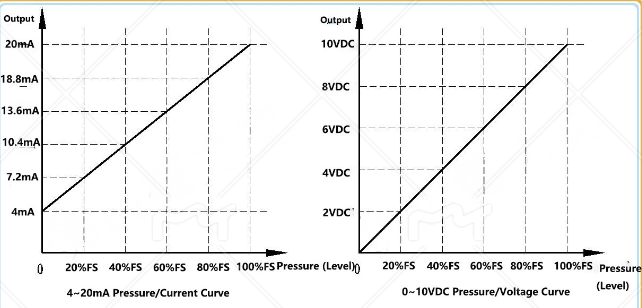
After calibration, conduct initial testing to verify that the transducer is working as expected. Apply different pressure levels within the operating range and check if the measurement system displays accurate and consistent readings. Also, observe if there are any abnormal fluctuations or errors in the readings. If everything looks good during the testing phase, then the pressure transducer is ready for regular use in the intended application. Regular recalibration at specified intervals is also recommended to maintain the accuracy of the transducer over time.
Maintenance after Installation
Regular Inspection
Regular inspections are of great significance for maintaining the performance of the installed pressure transducer. By conducting inspections at regular intervals, potential issues can be detected early and addressed promptly to ensure accurate and reliable operation.
During the inspection, several aspects should be checked carefully. Firstly, examine the wire connections. Make sure that all the electrical wires are firmly connected to the corresponding terminals of the transducer. Loose connections can lead to signal interruptions or inaccurate readings. Check for any signs of wire damage, such as fraying or exposed conductors, and repair or replace the wires if necessary.
Secondly, pay attention to the physical condition of the pressure transducer. Inspect the housing for any cracks, dents, or signs of corrosion. A damaged housing may affect the internal components and the overall performance of the transducer. Also, check if there is any leakage around the pressure ports or seals. Leakage can cause incorrect pressure measurements and may even damage the transducer over time.
In addition, verify the calibration status of the transducer. Over time, the accuracy of the transducer may drift, so it's important to compare the measured values with a known reference or use a calibration device to check if the transducer is still within the acceptable accuracy range. If the deviation exceeds the specified tolerance, recalibration may be required. Regular inspections can effectively extend the service life of the pressure transducer and maintain its optimal performance in various applications.
Cleaning and Protection
To keep the pressure transducer clean and functioning properly, proper cleaning methods and protection measures are essential.
When it comes to cleaning, start by using a soft, dry cloth or a gentle brush to remove any loose dust or debris from the surface of the transducer. For more stubborn dirt or contaminants, a mild detergent solution can be used. However, make sure to choose a detergent that is compatible with the materials of the transducer and won't cause any damage. Dampen a clean cloth with the diluted detergent solution and gently wipe the surface of the transducer, being careful not to let any liquid enter the internal components. After cleaning, use a dry cloth to thoroughly wipe away any remaining moisture.
In some industrial or harsh environments where there may be a lot of dust, oil, or other substances in the air, it's advisable to install protective covers or shields around the pressure transducer. These can help prevent dust and other particles from settling on the transducer and interfering with its operation.
Also, consider the environmental factors that the transducer is exposed to. If it's in a location with high humidity, ensure proper ventilation to prevent moisture buildup inside the transducer, which could lead to corrosion. In areas with extreme temperatures, you'd better to take protective measures.
